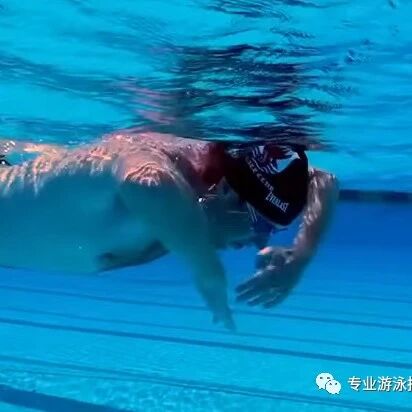When turning to breathe, avoid three specific movements to maintain a steady freestyle swimming rhythm.
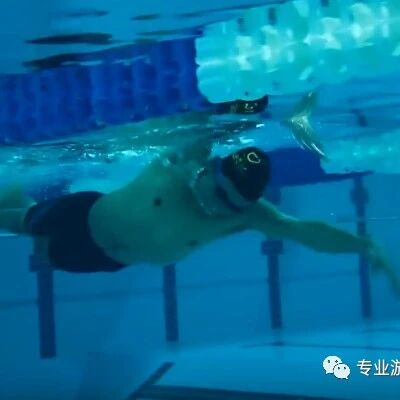
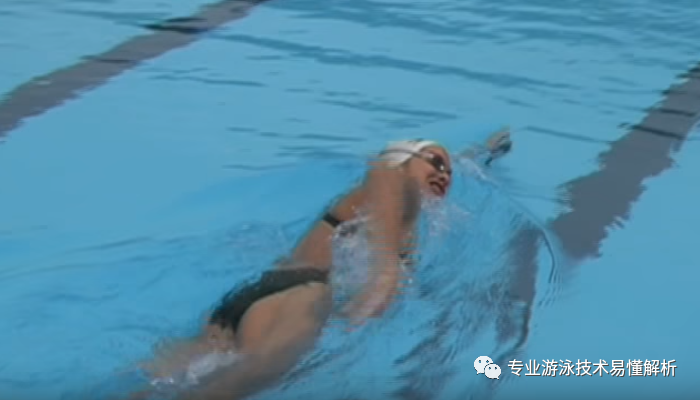
1. When turning your head to breathe, the biggest fear is having your forward-reaching arm drift off course.
This issue is fairly common. When turning the head to breathe and simultaneously pushing water backward with the leading arm, the body naturally shifts laterally. At this point, the forward-reaching arm needs to extend even further, often creating a noticeable stretching sensation in the shoulder joint, as the arm seems to lengthen slightly. Importantly, the palm should still remain facing downward—any deviation of the palm outward or inward can easily cause the arm to drift off course. Interestingly, some swimmers notice that their forward arm straightens perfectly during normal breathing but begins to veer off track once they turn their heads to breathe. Meanwhile, others find that after completing the breath, their forward arm spontaneously corrects itself, making this mistake even harder to spot. Overall, female swimmers tend to experience palm misalignment during the forward reach more frequently than their male counterparts.
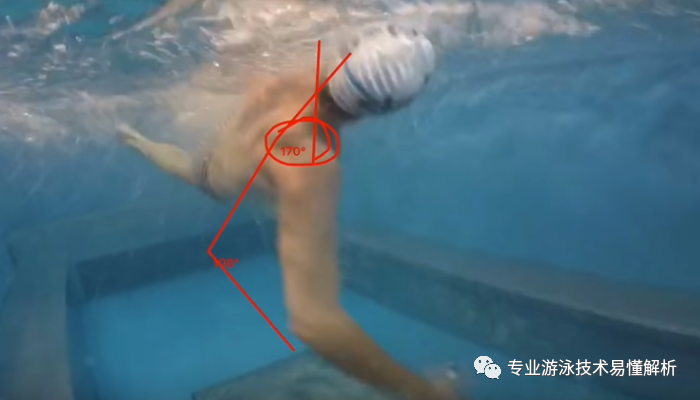
2. Over-rotating one side of the body when turning to breathe
The body roll is key to improving your freestyle swimming technique, as it engages core strength, linking the powerful twisting motion of the upper-body arm strokes with the efficient kicking of the lower body—while also helping maintain a streamlined, rigid posture. Ideally, the body roll angle should not exceed 45 degrees; rolling too far can cause the stroke-generating arm to dive deeper into the water, increasing resistance and placing extra strain on the stroke. Moreover, excessive rolling can compromise hip stability, often leading to the "dropped hip" issue, forcing the legs to kick harder and disrupting the smooth, continuous flow of propulsion. Over-rolling is particularly common during head turns for breathing, especially when the arm entering the water prematurely initiates the pull phase—this lack of proper body support not only makes breathing more challenging but also throws off your overall rhythm and efficiency.
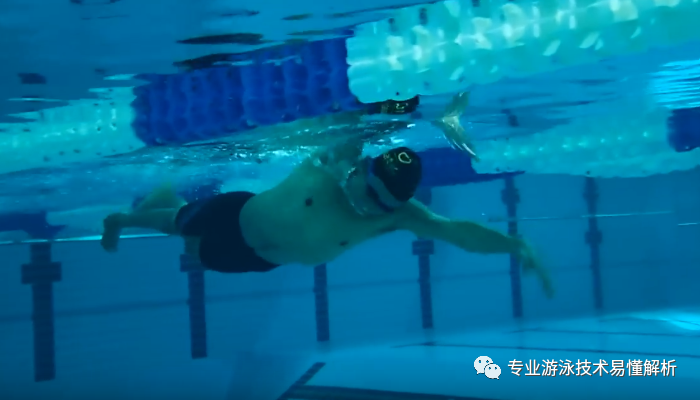
3. Excessive water-engaging motion during head turns for breathing
This issue is also fairly common, yet swimmers often overlook it. Specifically, when turning their heads to breathe, they tend to unconsciously initiate the arm movement by first sweeping outward before pulling inward toward the body—similar to how the arms move in breaststroke just before entering the catch phase. However, this outward sweep is entirely unnecessary for freestyle and doesn’t enhance the effectiveness of the catch or, consequently, the power generated during the push phase. While swimmers may mistakenly feel that starting with an outward motion before catching the water makes the stroke feel more solid, this sensation is purely an intuitive misjudgment.
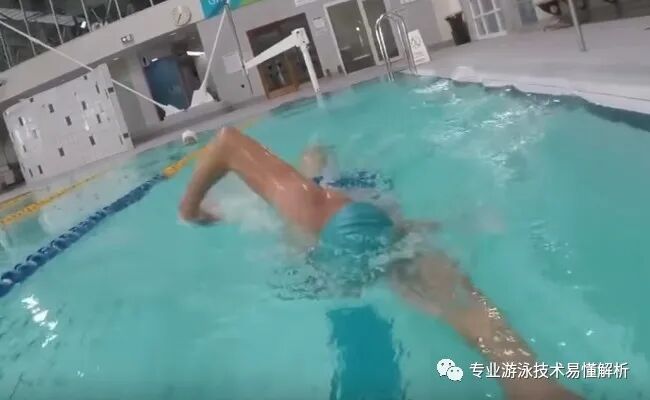
Related Articles
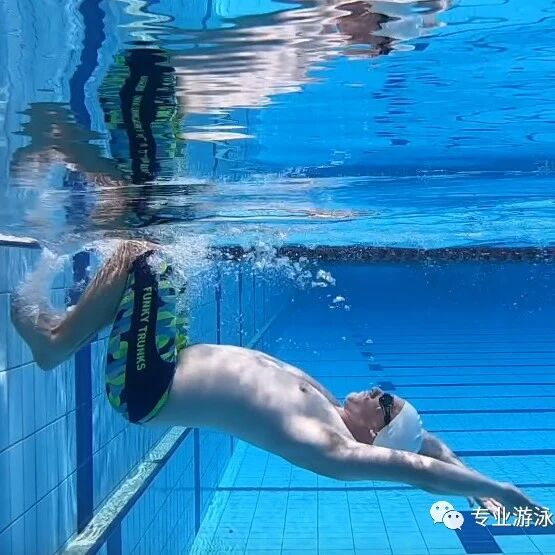
Simple beginner tips for freestyle turns: one stroke, two dips, three exhales, four pushes, five kicks.
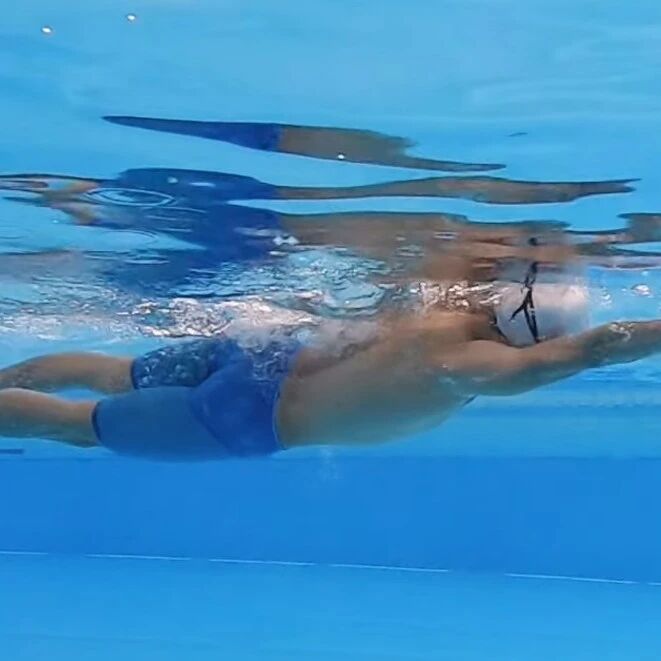
Understand the full-immersion swimming concept and enjoy leisurely, stroll-like swimming.
